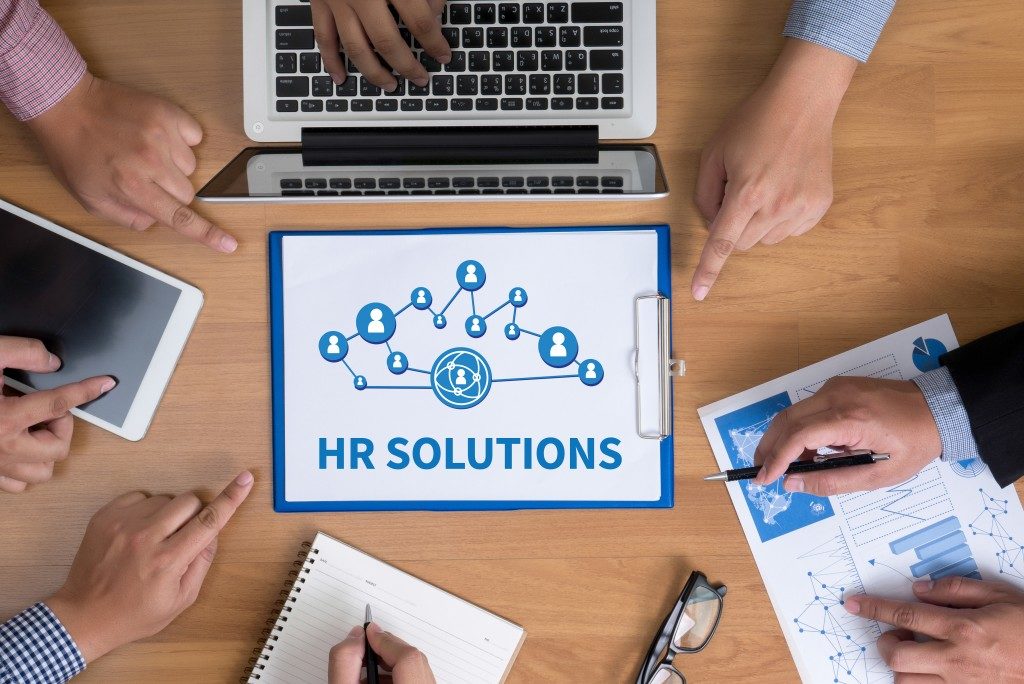People analytics has transcended being an emerging trend in human resources, to become a central part of many organization’s people strategy. And just as it helps in the growth of companies, many premier organizations, HR influencers, and thought leaders are also constantly striving to develop the capabilities of people analytics. The following trends have come out of these efforts.
Stepping up analytics from descriptive to predictive
HR departments that rely on people analytics software to inform their decisions usually use descriptive analytics. This kind of analytics takes the data your company has at hand displays it in a format that is easier to understand, so your HR leaders will have a better grasp of what has happened. However, descriptive analytics cannot tell you what happens next.
This is where predictive analytics come in. It allows your recruitment team to determine whether a potential candidate will fit your organizational culture perfectly, even before they are hired. You could also use it to estimate how long an employee will stay with the company, and identify the attrition risk for high performing employees.
Predictive analysis processes the organization’s historical and real-time data to gain insight into future outcomes using artificial intelligence. It is a potent source of data points that are going to shape the future of your company.
Cognitive computing
Are you familiar with Tony Stark’s AI assistant, J.A.R.V.I.S.? Cognitive computing led by HR analytics basically has similar capabilities. It combines analytics, data, machine learning, and infrastructure. In people analytics, its applications can reinvent how an HR organization will function.
HR managers can make informed decisions from the profound insights and unbiased suggestions offered by cognitive computing. It goes beyond analyses and reports, and can supplement in-depth dialogues with your employees. It can let you know what skills a particular employee should develop and how; who fits a certain project; and how people can move across business units.
Cognitive computing understands contexts, learns from digital footprints, and forms hypotheses. This technology will advance the role of a human resource practitioner to a consultant who adeptly leverages cognitive solutions, and fill in the blind spots of analytics.
Focusing on Organizational Network Analysis

People analytics models tend to focus on individual employees. They tend to revolve around the traits of high performing employees, gauging each employee’s individual experience, and boosting productivity.
Now, market leaders are stepping up their HR analytics by putting more emphasis on Organizational Network Analysis (ONA), which is a structured visualization of how information, decisions, and communications flow through your company. You can use it to prescribe solutions to business challenges, understand the characteristics of high-performing groups, and stimulate innovation in the organization.
In a 2017 case study, General Motors used ONA to promote innovation and disrupt the company from within. They utilized the capacities of ONA to identify the patterns of employee connections to identify who has the highest impact on product design and innovation, so they can team up on projects. The program enabled the automobile conglomerate to launch innovative products, like Book by Cadillac and Maven.
People analytics has firmly established human resources functions as a primary influence in business, and more trends will surely surface as experts continuously develop these analytics. By applying these trends to your own practices, your organization will certainly achieve and expand its goals in no time.



